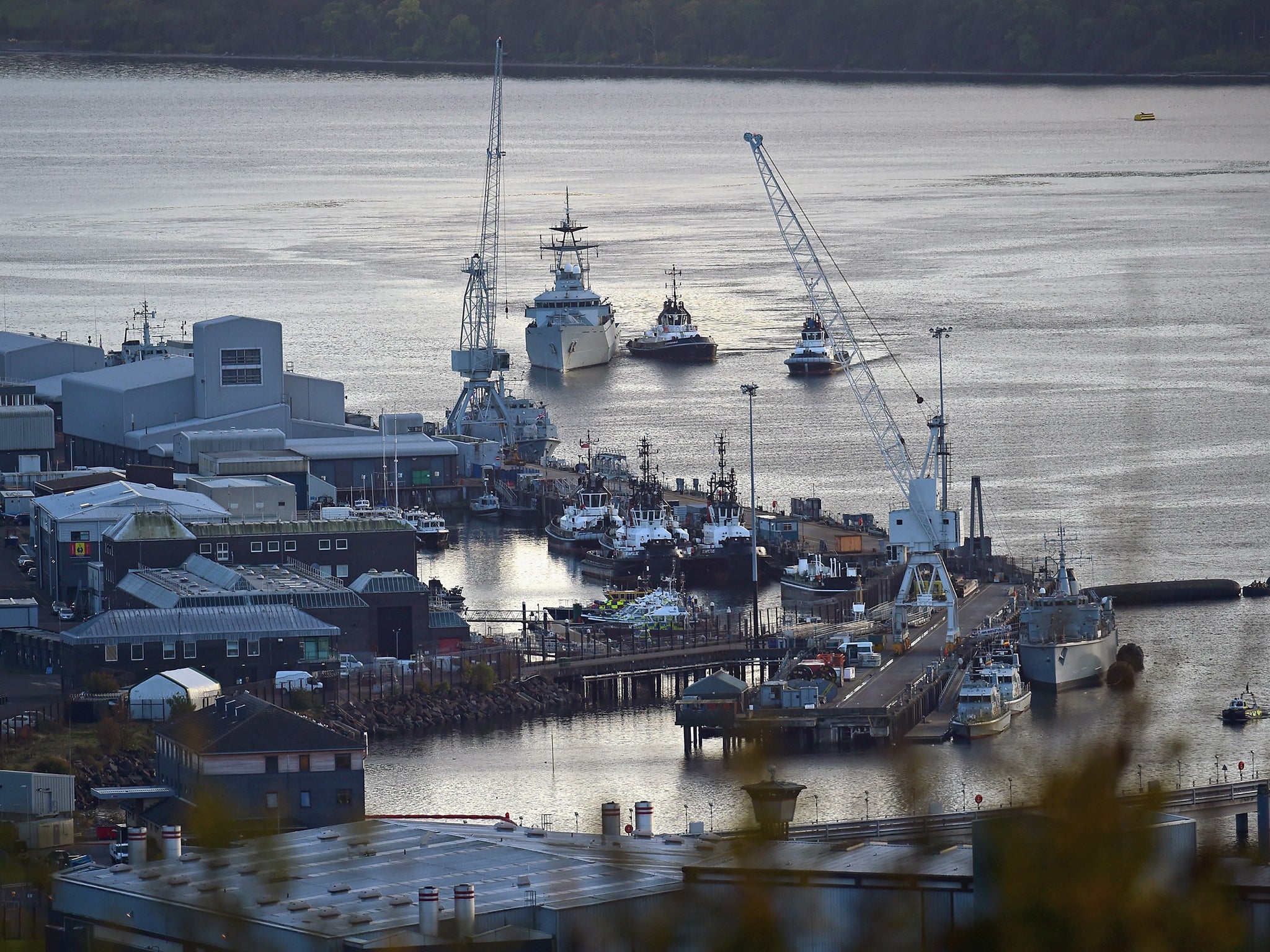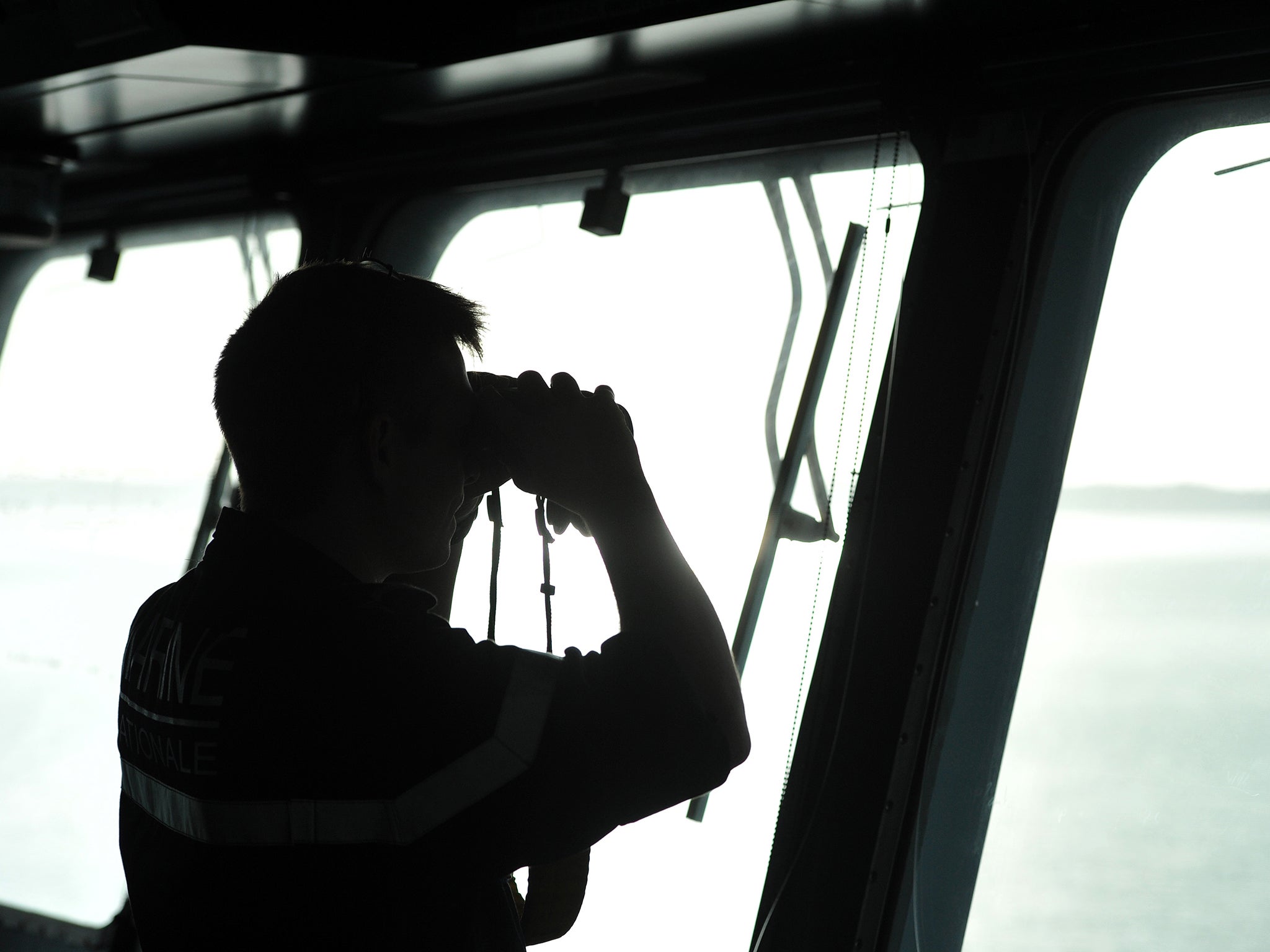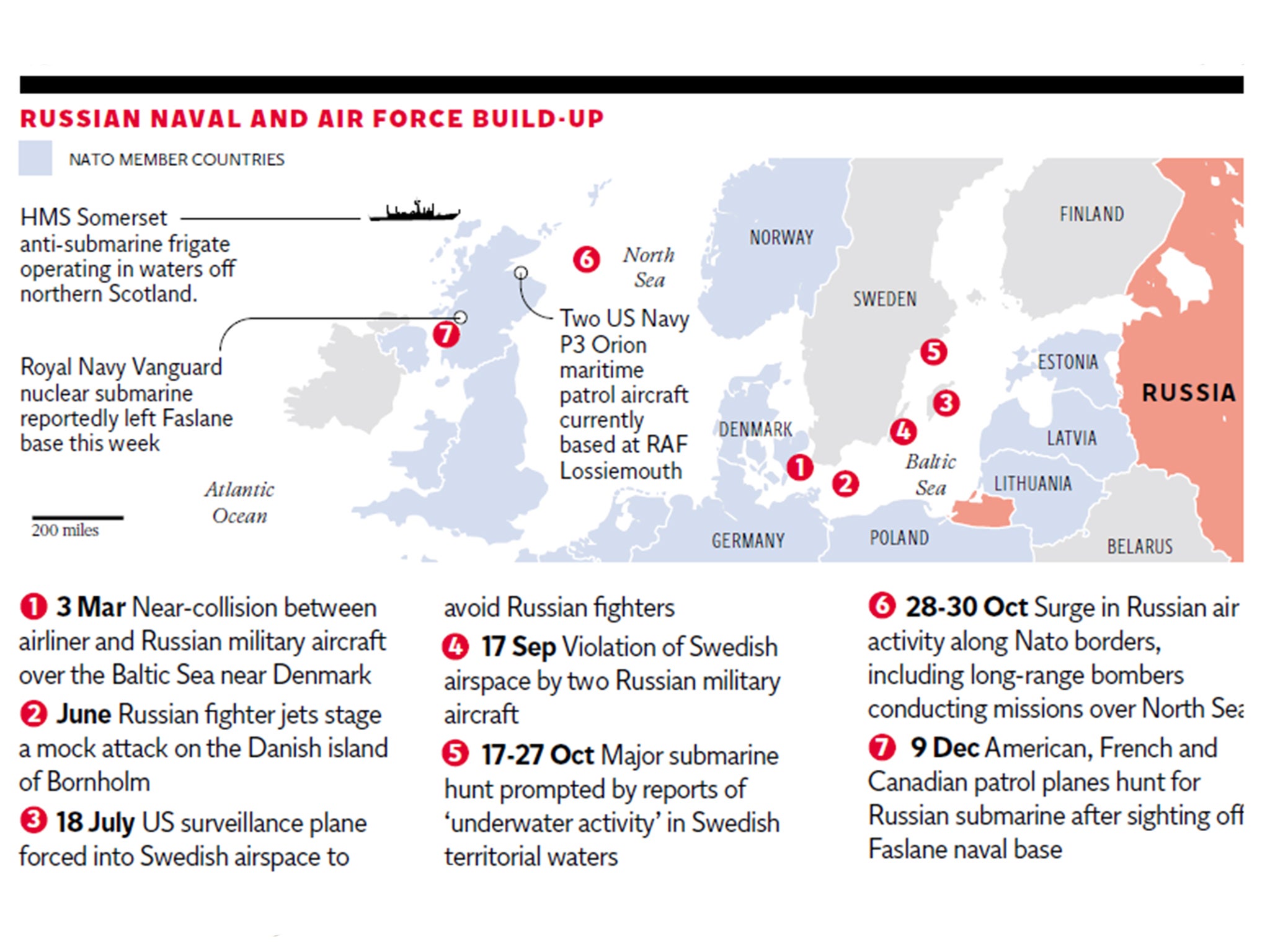MoD asks for American help in searching for Russian submarine near Scotland
Britain is lacking anti-submarine patrol aircraft

Your support helps us to tell the story
From reproductive rights to climate change to Big Tech, The Independent is on the ground when the story is developing. Whether it's investigating the financials of Elon Musk's pro-Trump PAC or producing our latest documentary, 'The A Word', which shines a light on the American women fighting for reproductive rights, we know how important it is to parse out the facts from the messaging.
At such a critical moment in US history, we need reporters on the ground. Your donation allows us to keep sending journalists to speak to both sides of the story.
The Independent is trusted by Americans across the entire political spectrum. And unlike many other quality news outlets, we choose not to lock Americans out of our reporting and analysis with paywalls. We believe quality journalism should be available to everyone, paid for by those who can afford it.
Your support makes all the difference.The Ministry of Defence has been forced to request US military assistance to track a suspected Russian submarine off the coast of Scotland.
Two US Navy aircraft have been conducting anti-submarine patrols in the north Atlantic this week on the trail of a Russian vessel in the area. A Royal Navy frigate has also been dispatched. It is believed the Russian presence could be linked to the reported departure of one of the Royal Navy’s Vanguard-class nuclear submarines from Faslane naval base at Gare Loch on the River Clyde. Vanguards carry Trident ballistic missiles.
Two American P3 Orion maritime patrol aeroplanes were called in to fill what defence experts described as a “gaping chasm” in Britain’s anti-submarine capability following the scrapping of the RAF’s £4bn fleet of Nimrod surveillance aircraft in 2010.
Angus Robertson, the Scottish National Party’s defence spokesman and MP for Moray, said the US deployment showed that Britain had resorted to going to its allies with a “begging bowl”.
Defence analysts said it raised questions about the UK’s ability adequately to protect its nuclear submarines. Sources said “visits” from Russian subs were “happening quite often” off the north and west coasts of Scotland.
This week’s operation follows a deployment last month by maritime patrol aircraft from Canada, France and the US, first revealed in Aviation Week magazine. On that occasion, it was suggested that a suspected Russian submarine may have been trying to track one of Britain’s four Vanguard-class boats after a fishing trawler spotted an “unknown submarine periscope” close to Faslane.
In this week’s search, the US crews co-ordinated with the anti-submarine frigate HMS Somerset, which has been operating off Scotland for a month. According to an aviation photographer at RAF Lossiemouth, the US aircraft, known as Skinny Dragons and usually based in Hawaii, have been flying up to two missions a day since New Year’s Eve.
Peter Roberts, a senior fellow of the Royal United Services Institute for Defence and Security Studies, said: “HMS Somerset is a capable platform and I have no doubt that her deployment alongside these US Navy aircraft is related to the reported departure of a Royal Navy Vanguard ballistic missile submarine from Faslane, and the countering of any Russian deployment from over the horizon.”

Jeffrey Lewis, a nuclear policy expert with the Monterey Institute of International Studies, said: “I would put my money on it being a Russian attack submarine with cruise missiles on a patrol taking it past Britain and into the north Atlantic and on the US eastern seaboard. The Russians are trying to threaten Nato and Nato is threatening them right back by showing that we can shadow them, and that if they tried this for real we would be able to kill them.”
However, the US intervention has raised questions about Britain’s ability to protect its nuclear fleet. Mr Roberts said: “Ministry of Defence chiefs have been scratching their heads ever since Nimrod was scrapped in a highly political decision. It has left a gaping chasm in the UK’s capabilities and left us highly dependent on co-operation from our allies.”
Plans to equip the RAF with the BAE Systems Nimrod MRA4 aircraft were cancelled in 2010 as a result of the Strategic Defence and Security Review, at which point the project was £789m over-budget and more than nine years late.

The MRA4 was intended to replace the Hawker Siddeley Nimrod MR2, which had been in service since 1969. Its main job would have been to ensure that no foreign submarines could track Royal Navy vessels coming in and out of Faslane. All of the ageing Nimrods, and their planned replacements, were withdrawn despite a National Audit Office ruling that the loss of the aircraft would have “an adverse effect on the protection of the strategic nuclear deterrent”.
A spokesman for the MoD said: “Tough decisions had to be taken in order to rebalance the Defence budget, which included removing the Nimrod MR2 from service. However, maritime surveillance is provided through a combination of layered capabilities including surface ships, submarines, and air assets such as the RAF Hercules which searched for the missing yacht Cheeki Rafiki in May. The UK continues to work closely with its NATO allies in the operation of Maritime Patrol Aircraft.”
Join our commenting forum
Join thought-provoking conversations, follow other Independent readers and see their replies
Comments